How to Grow a Garden:
Using Natural Systems
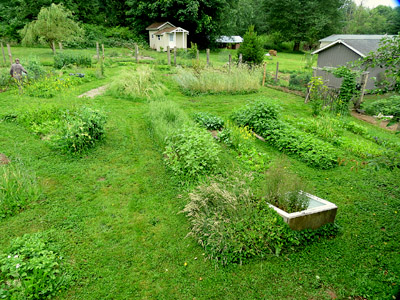
by Filip Tkaczyk
There are many approaches on how to grow a garden, and here I will share with you one approach based in the understanding of natural systems, a permaculture perspective.
First, gardens can either be treated as a random assortment of unrelated plants plunked together in the same general space. Or, they can be designed and laid out so that the plants act as part of a cooperative system that is both productive and symbiotic in nature.
Companion Planting
Plants can be put together in ways that are mutually beneficial. This might be in the form of sharing resources such as nitrogen, attracting mutually beneficial insects such as pollinators and pest predators, and it also might be discouraging pest insects that might otherwise harm one or both plants. Companion plants can also be used to help hold moisture in the area.
Some plants can also be planted to discourage larger animals such as deer from consuming garden plants. Daffodils, tulips, and members of the allium family are a good choice for this purpose.
Learn more about companion planting here: Garden Companion Planting Article.
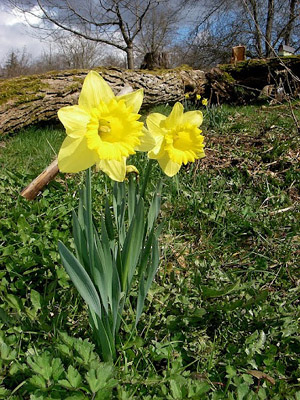
Design for What is There
The ecologically intelligent approach to how to grow a garden is to base your design starting with what is there. Take time to observe the patterns already present on the land to understand your available resources, preexisting relationships, and energy flow on the landscape. You can begin by asking questions such as:
- What plants are already here?
- What is the soil pH and what plant zone is my garden in?
- Does it frost? If so, where does the frost persist?
- Where does the sun fall during the summer? What about in winter?
- What are the sources of water, soil, building materials and compost?
- Where are the spaces I want to walk on or walk through?
- Where are good spaces to grow plants?
- Do you have structures to encourage native bees, such as mason bees? Where might you put such structures to best support the garden?
Maximize Your Space
Really consider how to grow a garden from multiple angles. Gardens need not be designed only in two dimensions. It is possible to grow plants in three dimensions using things such as trellises, arbors, fences, and raised or terraced beds. Using an herb spiral design can also create additional space by raising the plants up onto a small mound. Not only does it raise them vertically, but it also creates micro climate effects because of the shade that it creates.
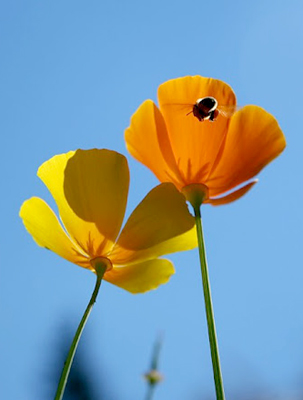
Garden Blueprint
It is a good idea to start the actual work by creating at least two maps of the area you will be creating a garden in. The first map can be the base map that shows the general layout of things already present there such as fences, paved areas, lawns, etc. The second map can be a design of how you envision the garden being laid out. Be sure to include what species of plants you want and where they will all go. Ask yourself the following questions before you add these elements to the design:
- What plants am I choosing?
- How much space do these plants need?
- Do they need full sun, partial sun or shade? Where in the garden will they get those needs met?
- Which ones do I need access to frequently? Which ones can I leave alone for longer periods of time?
- How wide should I make the planted area so that I can access all of it?
Include a scale and important features such as pathways, existing buildings/structures and boundaries in the plan for how to grow a garden.
Be More Prepared For Your Next Outdoor Adventure!

Don't leave home without knowing these six essential survival skills. Our free survival mini guide reveals the strategies of:
- Shelter & fire to prevent the number one cause of death
- Obtaining clean water to avoid life-threatening dehydration
- Common wild survival foods and other critical skills!

Creating a Closed System
One very sustainable and ecologically minded method of how to grow a garden is utilizing practices that make it into a closed system. In other words, any energy or nutrients that are found or produced on that landscape should be kept there. So, when you weed, you use those weeds as mulch or break them down into compost. If grass is cut or autumn leaves are gathered, they are used as mulch or composted.
If rainwater is captured from the roof or on the landscape, it is used in the garden. If animals on that site produce waste, that waste is recycled into fertilizer or composted. If trees drop dead branches or trunks, then those are used as part of the design as well.
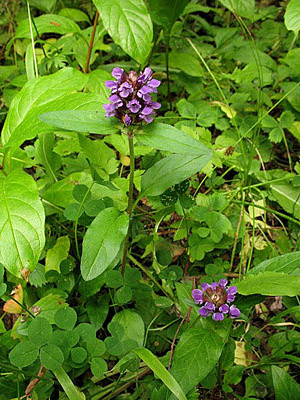
Weeds as Allies
Weeds are any plant that is seen to be growing in a place it is not wanted. There are many plants in this category which can actually be beneficial to gardens including: dandelion (Taraxacum officinale), chickweed (Stellaria media), purslane (Portulaca oleracea), cheeseweed mallow (Malva parviflora), and white clover (Trifolium repens). All of these can be used as mulch and all of them are edible or have edible parts. Dandelions in particular are dynamic accumulators, which draw nutrients from deep down and bring them to the surface, making them available to other plants. White clover – like other members of the pea family – fixes nitrogen and makes that available to other plants.
Weeds are also indicators of certain conditions in the soil. Creeping buttercup (Ranunculus repens) tells us there is wet soil that is poorly draining. The presence of clovers indicates a soil that is likely low in nitrogen. So the presence of specific weeds can not only tell you about what is already going on with your soil, but also help inform your plans on what to do with it to create a bountiful garden.
Understanding Natural Systems
Healthy gardens function best when they are structured to imitate natural systems. Natural systems include a diversity of plant and animal life, complex relationships, the presence of predators, and no toxic chemicals.
If your garden is a monoculture of the same species next to the same species in all directions, you are guaranteed to have problems with pests and diseases. If you, however, use the practice of companion planting and adding some diversity to the garden you are likely to have both more success and a more productive garden.
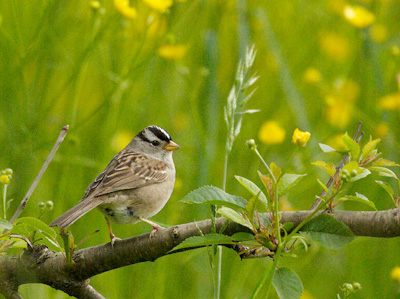
An important part of how to grow a garden is managing pests. Find ways to encourage beneficial pest-eating predators to your garden such as: providing snags or bird houses for insect eating birds. You can also plant certain plants that will provide homes for spiders, which are one of your best allies for insect control.
Avoid using chemicals in the form of fertilizers, herbicides or insecticides of any kind in your garden, as these will likely harm your beneficial predators and might end up in your body if are growing food in your garden.
When planning out how to grow a garden, consider adding a water feature to the garden to help attract beneficial animals, create a moist micro-climate, and even be a source of emergency water for your garden. Water features might also invite frogs and toads into your garden, which are some of the best pest fighters you could have as neighbors.
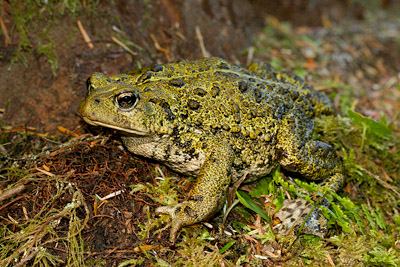
Related Resources:
How to Build a Permaculture Vegetable Garden - PRI website
Beginner's Guide to Permaculture Gardening - Ecologist website
Related Courses:
Permaculture Courses at Alderleaf
Return from How to Grow a Garden back to Permaculture Articles
Is The Essential Wilderness Survival Skills Course Right for You? Take the "Online Survival Training Readiness" Quiz
See for yourself if this eye-opening course is a good fit for you. It takes just a few minutes! Get your Survival Training Readiness Score Now!

Grow Your Outdoor Skills! Get monthly updates on new wilderness skills, upcoming courses, and special opportunities. Join the free Alderleaf eNews and as a welcome gift you'll get a copy of our Mini Survival Guide.

 The Six Keys to Survival: Get a free copy of our survival mini-guide and monthly tips!
The Six Keys to Survival: Get a free copy of our survival mini-guide and monthly tips!
Learn more